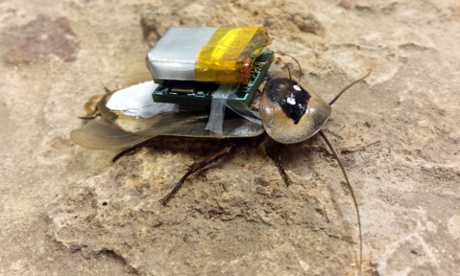From the Bhagavad Gita to the Merchant of Venice, storytellers have warned of the unappealing fate awaiting those who are drawn like a moth to a flame.
Despite the rich history of the baffling behaviour, the science of why insects gather around lights at night has never been nailed down. Popular theories propose that moths navigate by the moon and mistake lamps for moonlight, or that the insects fly towards light to escape imminent danger.
Now researchers believe they have a more compelling answer: rather than being attracted to light at night, moths and other flying insects become trapped in their glow. It is the unfortunate consequence of a neat trick evolved over millions of years failing in the modern world.
According to Dr Sam Fabian, an entomologist at Imperial College London, moths and many other insects that fly at night evolved to tilt their back to wherever is brightest. For hundreds of millions of years, this was the sky rather than the ground. The trick told insects which way was up and ensured they flew level.
But then came artificial lighting. With fresh sources of illumination to contend, moths found themselves tilting their backs to street lamps. This sent them into endless loops around the lamps, the insects trapped by their evolutionary instincts.
Fabian and his colleagues captured insect flight paths around lights using high resolution, infrared motion capture in the lab and high-speed infrared video recordings in Costa Rica. The footage reveals that time and again, moths and dragonflies turned their backs to artificial lights, playing havoc with their flight paths.
“If the light’s above them, they might start orbiting it, but if it’s behind them, they start tilting backwards and that can cause them to climb up and up until they stall,” Fabian said. “More dramatic is when they fly directly over a light. They flip themselves upside down and that can lead to crashes. It really suggests that the moth is confused as to which way is up.”
The work, published in Nature Communications, suggests artificial lighting may not draw flying insects out of the darkness but simply trap those that fly past. “It’s almost like having a net,” Fabian said.
Researchers have long warned that light pollution is a big driving force in the dramatic decline in insect populations. Moths and other insects that become trapped around lamps become easy prey for bats, but the illumination can also fool them into thinking it is daytime, causing them to bed down and skip a night’s feeding.
“The effect on their flight is really only a small component of how artificial light can screw up the lives of these nocturnal insects,” Fabian said.
There are, he believes, helpful lessons from the research. “What I think this tells us is that the direction of artificial light matters. If you are going to have lights at night, you really want them to be shrouded and not chucking loads of light out sideways, and especially not upwards into the atmosphere,” he said.
Prof Gareth Jones at the University of Bristol called the work “fascinating”. “It’s remarkable how an innate and adaptive behaviour, through which an insect positions itself so its back faces the light and hence keeps a steady flight path, becomes maladaptive close to strong point sources such as lamps,” he said. “The findings suggest the large numbers of insects that congregate at street lights are trapped there by orbiting the lamps.
“Minimising attraction to – and confinement at – lamps will be very important for reducing impacts on insects. This might be achieved by using lights that minimise use of short wavelengths, such as blue and especially UV, and potentially even producing metameric light that looks white to humans but comprises spectra that are less attractive to insects.”











